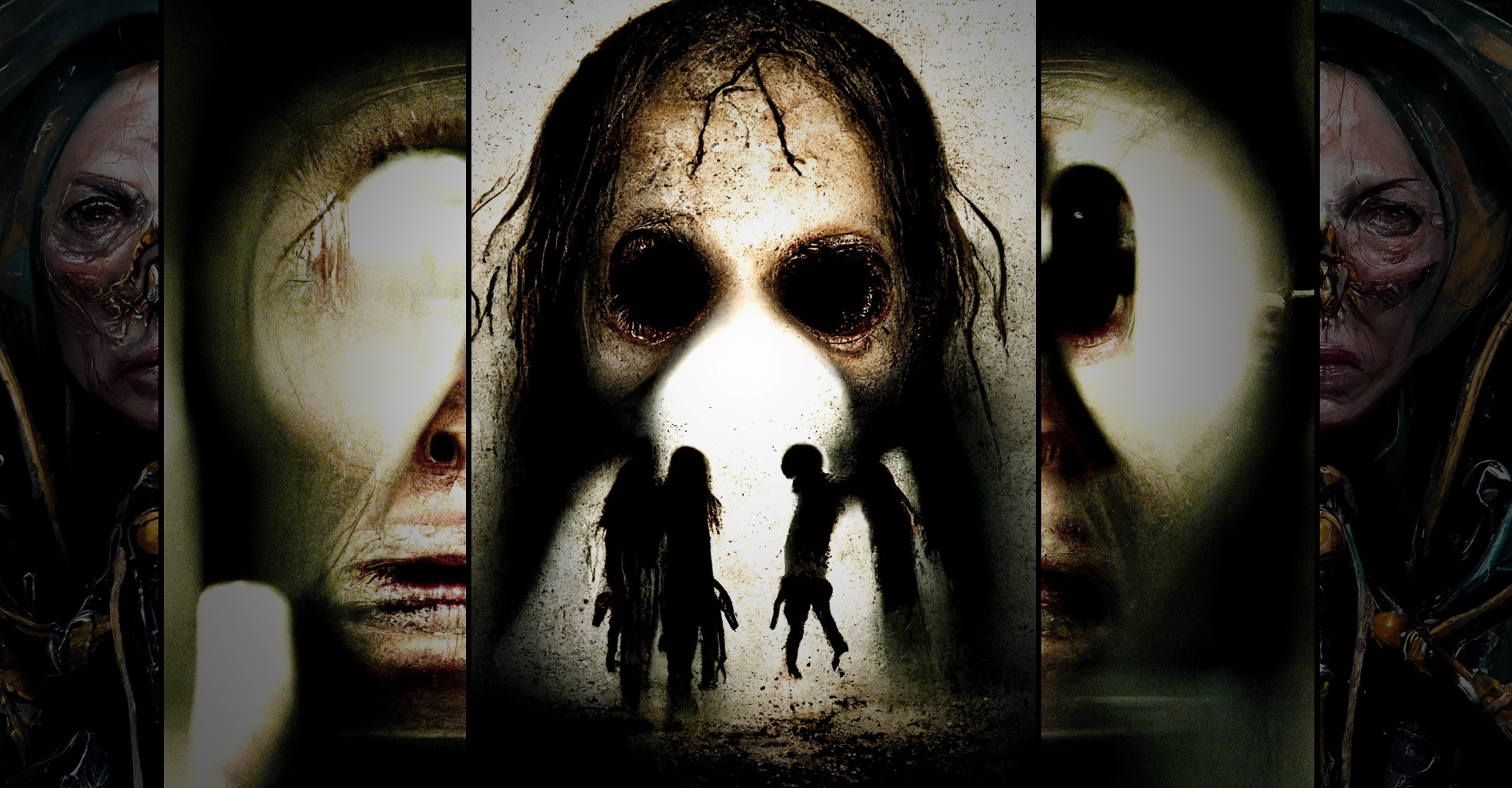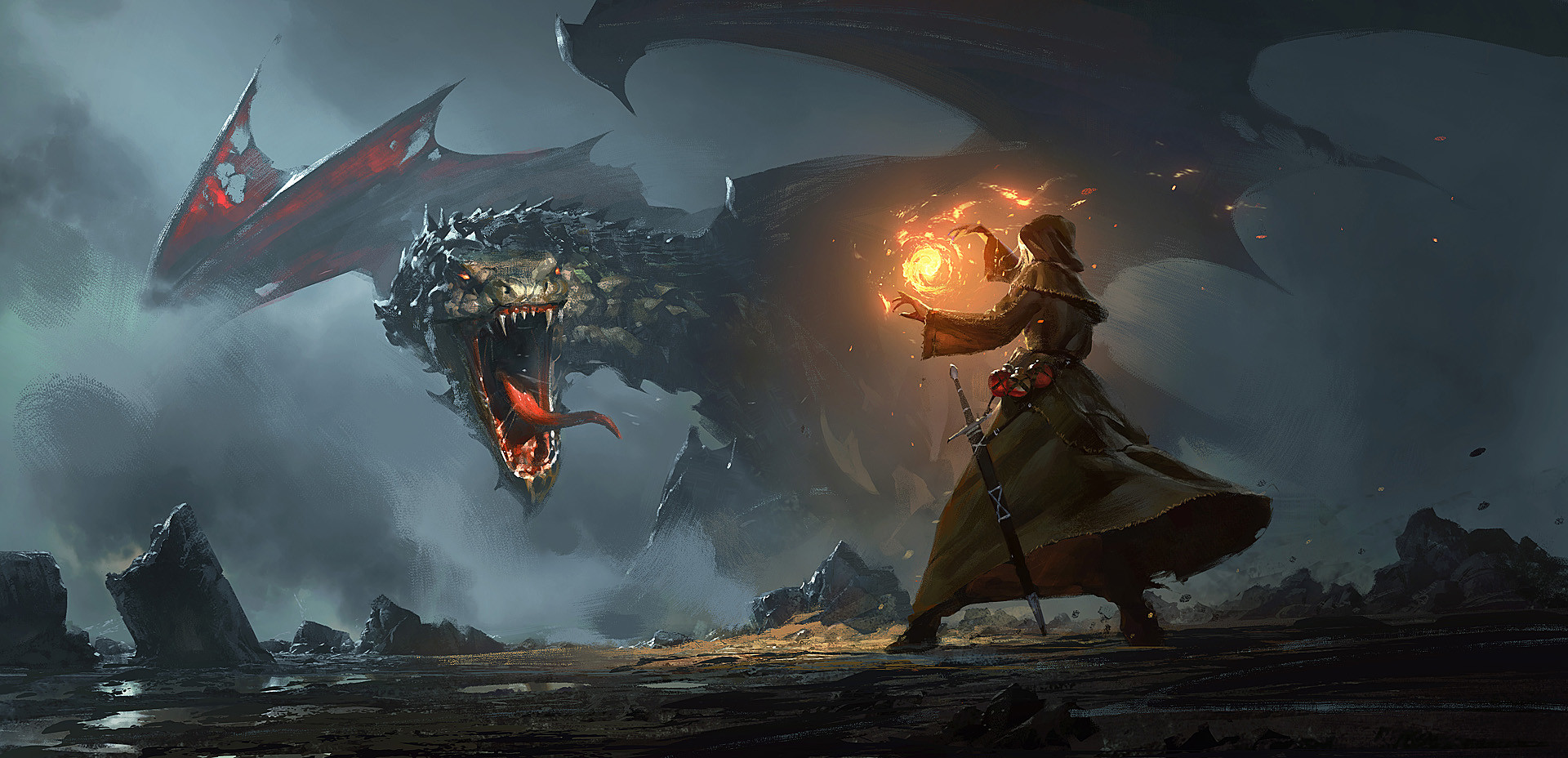Anyone Can Use This AI Art Generator — That’s the Riskhttps://www.theverge.com/2022/9/15/23340673/ai-image-generation-stable-diffusion-explained-ethics-copyright-dataType and ye shall receive. That’s the basic premise of AI text-to-image programs.
Users type out descriptions of whatever they like — a cyborg Joe Biden wielding a samurai sword; a medieval tapestry of frogs jousting — and these systems, trained on huge databases of existing art, generate never-before-seen pictures that match these prompts (more or less). And while the output of current state-of-the-art models certainly isn’t perfect, for those excited about the technology, such flaws are insignificant when measured against the potential of software that generates
any image you can imagine.Up until now, though, these “type and ye shall receive” tools have been controlled by a small number of well-funded companies like OpenAI (which built DALL-E) and Google (which made Imagen). These are big outfits with a lot to lose, and as a result, they’ve balanced the possibilities of what this technology can do with what their corporate reputations will allow.
In the last few weeks, though, this status quo has been upended by a new player on the scene: a text-to-image program named
Stable Diffusion that offers open-source, unfiltered image generation, that’s free to use for anyone with a decent computer and a little technical knowhow. The model was only released publicly on August 22nd, but already, its influence has spread, quietly and rapidly. It’s been embraced by the AI art community and decried by many traditional artists; it’s been picked apart, exalted, and worried over.
https://stability.ai/blog/stable-diffusion-public-release... “The reality is, this is an alien technology that allows for superpowers,” Emad Mostaque, CEO of Stability AI, the company that has funded the development of Stable Diffusion, tells The Verge. “We’ve seen three-year-olds to 90-year–olds able to create for the first time. But we’ve also seen people create amazingly hateful things.”
Although momentum behind AI-generated art has been building for a while, the release of Stable Diffusion might be the moment the technology really takes off. It’s free to use, easy to build on, and puts fewer barriers in the way of what users can generate. That makes what happens next difficult to predict.
The key difference between Stable Diffusion and other AI art generators is the focus on open source. Even Midjourney — another text-to-image model that’s being built outside of the Big Tech compound — doesn’t offer such comprehensive access to its software.
https://huggingface.co/spaces/stabilityai/stable-diffusion If you check out the Stable Diffusion subreddit, for example, you can see users not only sharing their favorite image prompts (e.g., “McDonalds in Edo-Period Japan” and “Bernie Sanders in a Mad Max movie that doesn’t exist”) but coming up with new use cases for the program and integrating it into established creative tools.
https://www.reddit.com/r/StableDiffusion/As one Redditor commented underneath the post: “I’m stunned by all the amazing projects coming out and it hasn’t even been a week since release. The world in 6 months is going to be a totally different place.”
However,
open source means putting all these capabilities in the hands of the public — and dealing with the consequences, both good and bad.The most dramatic difference for Stability AI’s open-source approach is its hands-off approach to moderation. Unlike DALL-E, it’s easy to use the model to generate imagery that is violent or sexual; that depicts public figures and celebrities; or that mimics copyrighted imagery, from the work of small artists to the mascots of huge corporations. ... (See, for example, a post in the Stable Diffusion subreddit titled “How to remove the safety filter in 5 seconds.”)
Stability CEO Mostaque’s view on this is straightforward. “Ultimately, it’s peoples’ responsibility as to whether they are ethical, moral, and legal in how they operate this technology,” he says. “The bad stuff that people create with it [...] I think it will be a very, very small percentage of the total use.”
Ultimately, the company is hewing to one of the industry’s most well-rehearsed (and frequently criticized) mantras: that technology is neutral, and that building things is better than not. “This is the approach that we take because we see these tools as a potential infrastructure to advance humanity,” says Mostaque. “We think the positive elements far outweigh the negatives.”
----------------------------------------------
Commander Adams : [to himself] Monsters from the id...
Dr. Morbius : Huh?
Commander Adams : Monsters from the subconscious. Of course. That's what Doc meant. Morbius. The big machine, 8,000 miles of klystron relays, enough power for a whole population of creative geniuses, operated by remote control. Morbius, operated by the electromagnetic impulses of individual Krell brains.
Dr. Morbius : To what purpose?
Commander Adams : In return, that ultimate machine would instantaneously project solid matter to any point on the planet, In any shape or color they might imagine. For *any* purpose, Morbius! Creation by mere thought.
Dr. Morbius : Why haven't I seen this all along?
Commander Adams : But like you, the Krell forgot one deadly danger - their own subconscious hate and lust for destruction.
Dr. Morbius : The beast. The mindless primitive! Even the Krell must have evolved from that beginning.
Commander Adams : And so those mindless beasts of the subconscious had access to a machine that could never be shut down. The secret devil of every soul on the planet all set free at once to loot and maim. And take revenge, Morbius, and kill!
Dr. Morbius : My poor Krell. After a million years of shining sanity, they could hardly have understood what power was destroying them.
Forbidden Planet - (1956)--------------------------------------------
A terrifying AI-generated woman is lurking in the abyss of latent space
... Baba Yaga perhaps ... ... Loab is the last face you see before you fall off the edgehttps://www.worldhistory.org/Baba_Yaga/
... Loab is the last face you see before you fall off the edgehttps://www.worldhistory.org/Baba_Yaga/-----------------------------------------------
The War Against the Machines Has Begun: Photography Site Bans AI Imageshttps://news.yahoo.com/war-against-machines-begun-photography-061150606.htmlPurplePort, a popular portfolio and networking website for models, photographers and imaging creatives, announced a blanket ban on "100% machine-generated images" so that the platform can remain focused on "human-generated and human-focused art".
In an update titled
'Artmageddon: The rise of the machines, and banning machine-generated images', owner and photographer Russ Freeman made the website's position explicitly clear.
"Due to the rise of machine-generated images, we have decided to ban this type of image. Uploading images generated using services (such as Midjourney / DALL•E / Craiyon / Stable Diffusion / etc), where you type a phrase or description of the desired image and a machine algorithm (often called A.I) creates an image for you, is banned from PurplePort until further notice."... The issue of honesty is a recurring one in the statement. "I also feel that it is somewhat deceitful to upload art that has been created merely from a prompt phrase and to claim it as human-generated. There are many arguments for and against machine-generated art, but for PurplePort, I wish it to remain an inspiring source of human-generated and human-focused art."
... "Finally, it is trivial for anyone to generate art using these art-generating machine algorithms, as I have demonstrated in the images used in this post. It requires no investment in skill or time. Thus, it is equally trivial for such images to crowd out the true artists amongst us and devalue those who have invested their time in their artistic pursuits."
----------------------------------------------
Have AI Image Generators Assimilated Your Art? New Tool Lets You Checkhttps://arstechnica.com/information-technology/2022/09/have-ai-image-generators-assimilated-your-art-new-tool-lets-you-check/In response to controversy over image synthesis models learning from artists' images scraped from the Internet without consent—and potentially replicating their artistic styles—a group of artists has released a new website that allows anyone to see if their artwork has been used to train AI.
The website "Have I Been Trained?" taps into the LAION-5B training data used to train Stable Diffusion and Google's Imagen AI models, among others. To build LAION-5B, bots directed by a group of AI researchers crawled billions of websites, including large repositories of artwork at DeviantArt, ArtStation, Pinterest, Getty Images, and more. Along the way, LAION collected millions of images from artists and copyright holders without consultation, which irritated some artists.
https://haveibeentrained.com/When visiting the Have I Been Trained? website, which is run by a group of artists called Spawning, users can search the data set by text (such as an artist's name) or by an image they upload. They will see image results alongside caption data linked to each image. ... Any matches in the results mean that the image could have potentially been used to train AI image generators and might still be used to train tomorrow's image synthesis models. AI artists can also use the results to guide more accurate prompts.
... It would be impractical to pay humans to manually write descriptions of billions of images for an image data set (although it has been attempted at a much smaller scale), so all the "free" image data on the Internet is a tempting target for AI researchers. They don't seek consent because the practice appears to be legal due to US court decisions on Internet data scraping. But one recurring theme in AI news stories is that deep learning can find new ways to use public data that wasn't previously anticipated—and do it in ways that might violate privacy, social norms, or community ethics even if the method is technically legal.
... some groups like Spawning feel that consent should always be part of the equation—especially as we venture into this uncharted, rapidly developing territory.
----------------------------------------------------------
This Artist Is Dominating AI-Generated Art. And He’s Not Happy About It.https://www.technologyreview.com/2022/09/16/1059598/this-artist-is-dominating-ai-generated-art-and-hes-not-happy-about-it/Those cool AI-generated images you’ve seen across the internet? There’s a good chance they are based on the works of Greg Rutkowski.
Rutkowski is a Polish digital artist who uses classical painting styles to create dreamy fantasy landscapes. He has made illustrations for games such as Sony’s Horizon Forbidden West, Ubisoft’s Anno, Dungeons & Dragons, and Magic: The Gathering. And he’s become a sudden hit in the new world of text-to-image AI generation.
... According to the website Lexica, which tracks over 10 million images and prompts generated by Stable Diffusion,
Rutkowski’s name has been used as a prompt around 93,000 times. Some of the world’s most famous artists, such as Michelangelo, Pablo Picasso, and Leonardo da Vinci, brought up around 2,000 prompts each or less. Rutkowski’s name also features as a prompt thousands of times in the Discord of another image-to-text generator, Midjourney.
Rutkowski was initially surprised but thought it might be a good way to reach new audiences. Then he tried searching for his name to see if a piece he had worked on had been published. The online search brought back work that had his name attached to it but wasn’t his.
“It’s been just a month. What about in a year? I probably won’t be able to find my work out there because [the internet] will be flooded with AI art,” Rutkowski says. “That’s concerning.” ... Other artists besides Rutkowski have been surprised by the apparent popularity of their work in text-to-image generators—and some are now fighting back. Karla Ortiz, an illustrator based in Los Angeles who found her work in Stable Diffusion’s data set, has been raising awareness about the issues around AI art and copyright.
Artists say they risk losing income as people start using AI-generated images based on copyrighted material for commercial purposes. But it’s also a lot more personal, Ortiz says, arguing that because art is so closely linked to a person, it could raise data protection and privacy problems.
“It’s not just artists … It’s photographers, models, actors and actresses, directors, cinematographers,” she says. “Any sort of visual professional is having to deal with this particular question right now.”
